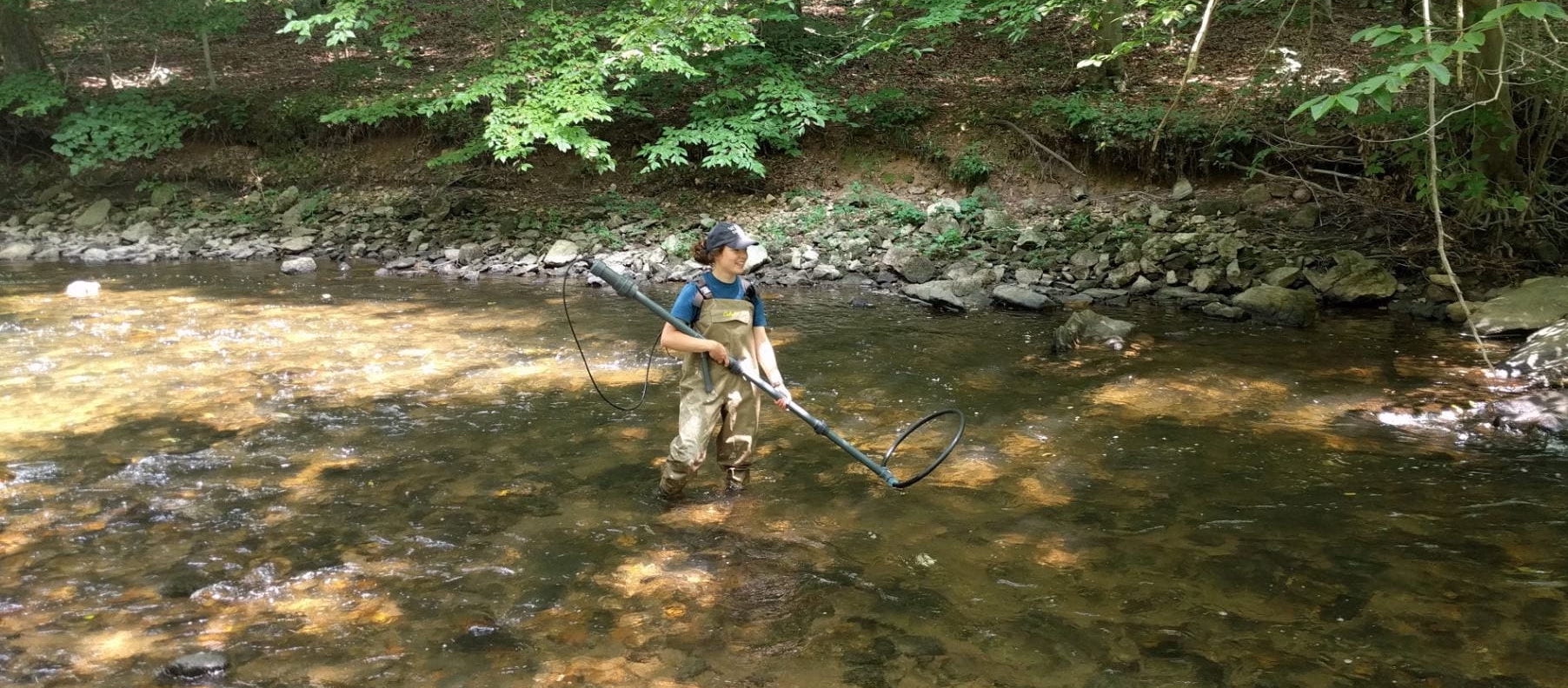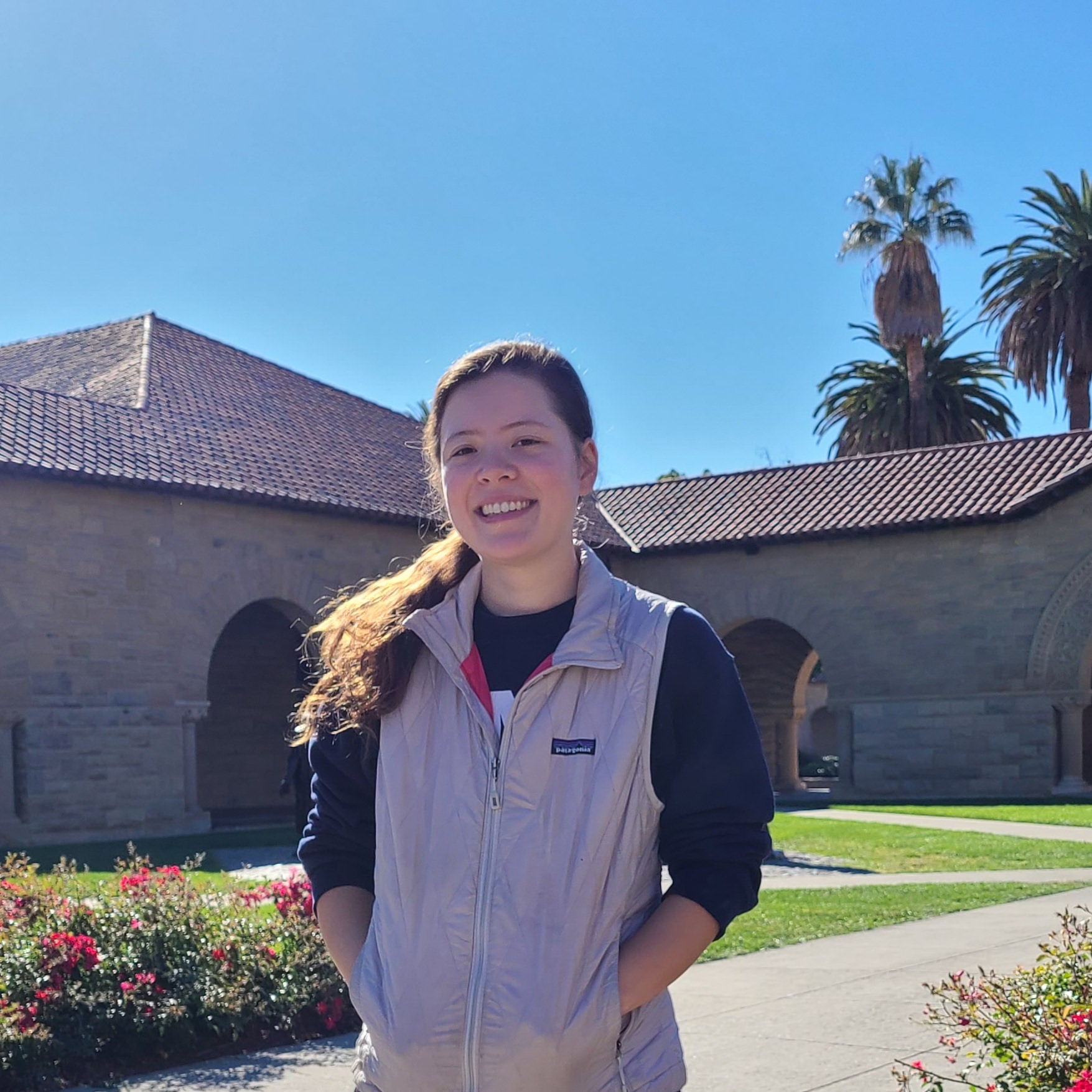Based on well-developed hydraulic geometry relations for width and depth, classic studies initially interpreted the Mid-Atlantic White Clay Creek (WCC) as a quasi-equilibrium, alluvial channel. Subsequent studies document the legacy of colonial-age watershed disturbances and urban development, confounding earlier classifications. To investigate this matter, we contribute new data from reach-scale geomorphic mapping, and observations and modeling of bed material transport. WCC’s longitudinal profile reflects a history of bedrock incision, while hydraulic geometry equations for width and depth indicate quasi-equilibrium cross-sectional adjustment. Alluvial landforms such as pools and riffles, bars, and actively forming floodplains occur at all 12 study sites, but exposures of bedrock and colluvium are also common. The ratio of bankfull to threshold Shields stress averages 1.41 (range 0.41-2.63), suggesting that WCC is an alluvial, threshold, gravel-bed river. However, a numerical model of WCC bed material transport and grain size, calibrated to bedload tracer data, demonstrates that 22% (range 8-73%) of bed material is composed of immobile, locally sourced cobbles and boulders, while the remaining bed material represents mobile, sand to cobble-sized alluvium; this leads us to classify WCC as a semi-alluvial river. Additional computations suggest that channel morphology is insensitive to bed material supply. Field observations imply that bankfull Shields stresses do not represent channel adjustments to achieve stable banks; rather, width adjustment likely reflects cohesive bank processes. Despite the numerous and contradictory labels applied to WCC (i.e., quasi-equilibrium, Anthropocene, bedrock, semi-alluvial, gravel-bed), each term contributes insight that any single conceptual model would be unable to provide alone.
 Searching for RFID tags in the White Clay Creek
Searching for RFID tags in the White Clay Creek
This project was supported by the Delaware Watershed Research Fund (Award #DWRF-16-109) of the Academy of Natural Sciences of Drexel University.

Publications
Bodek, S., Pizzuto, J.E., McCarthy, K.E., Affinito, R.A. (2021) “Achieving equilibrium as a semi-alluvial channel: anthropogenic, bedrock, and colluvial controls on the White Clay Creek, PA, USA.” Journal of Geophysical Research: Earth Surface, 126, e2020JF005920. doi.org/10.1029/2020JF005920
Thesis
Bodek, S. (2020). “Is the White Clay Creek a Threshold Channel? Evaluating Bed Mobility of a Gravel-Bed River in Pennsylvania, U.S.A.” (Master’s thesis). Newark, DE: University of Delaware. doi.org/10.6084/m9.figshare.14551290.v1
Conference Abstracts
Bodek, S., Pizzuto, J.E., McCarthy, K.M., Affinito, R. “Getting Beyond the Bankfull Shield’s Parameter: A Continuum of Threshold Channel Types Illustrated by the White Clay Creek, PA, a Bedrock-Alluvial River with Cohesive Banks.” American Geophysical Union (AGU) Fall Meeting, Online, 1-17 December 2020, Talk.
Pizzuto, J.E., Aalto, R., Bodek, S., Karwan, D.L., Marquard, J., O’Neal, M., Sturchio, N.C. “Quaternary-Present Sediment Transport and Geomorphology of the White Clay Creek: Insights from Geomorphic Mapping and Radionuclides.” Geological Society of American (GSA) Northeastern Section Meeting, Reston, VA, 20-22 March 2020, Cancelled due to Covid-19. doi.org/10.1130/abs/2020SE-345266
Bodek, S. and Pizzuto, J.E. “Is the White Clay Creek a Threshold Channel? Evaluating Bed Mobility at a Gravel-Bed River in Pennsylvania, U.S.A.” American Geophysical Union (AGU) Fall Meeting, San Francisco, CA, 9-13 December 2019, Poster. doi.org/10.1002/essoar.10502277.1
Pizzuto, J.E. and Bodek, S. “The Hydraulic Geometry of the Christina River Basin – Revisiting Classic Contributions By Leopold and Wolman.” American Geophysical Union (AGU) Fall Meeting, San Francisco, CA, 9-13 December 2019, Talk.
